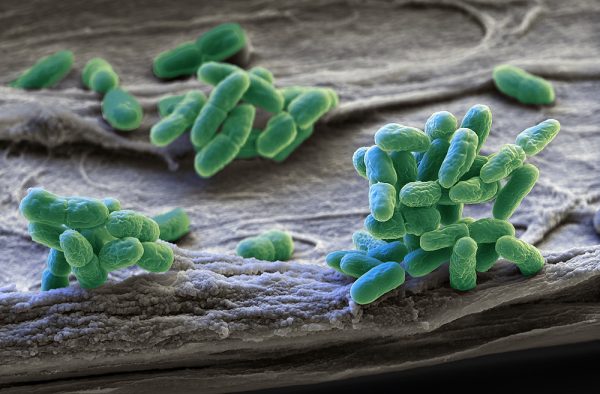As concerns about climate change continue to grow, there is a growing need for sustainable materials that can help mitigate the environmental impact of human activities. Algae-based materials are among the most promising solutions for a greener future, offering a wide range of applications from textiles and bioplastics to biofuel and animal feed. In this article, we will explore the benefits of algae-based materials and their potential to create a more sustainable world.
Algae-based materials, as the name suggests, are derived from algae or cyanobacteria, a group of diverse aquatic organisms that photosynthesize to produce energy from light like plants. Algae-based materials can be sourced from a variety of algae species, including microalgae and macroalgae. Microalgae are microscopic algae that are usually cultivated in closed photobioreactors, while macroalgae are larger and can be found in natural water bodies such as seas and oceans.

Algae-based materials are sustainable for several reasons:
Algae-based materials have a wide range of applications in various industries, including:
While algae-based materials offer significant benefits for sustainability, there are also some challenges that need to be addressed:
Algae-based materials offer a sustainable solution for a greener future, with a wide range of applications in various industries. While there are challenges to overcome, the benefits of algae-based materials make them a promising technology for mitigating the environmental impact of human activities. As the world shifts towards a more sustainable future, algae-based materials have the potential to play a significant role in creating a more environmentally and socially responsible society.
Yes, algae-based materials are safe for human use. Algae have been consumed by humans for centuries as a traditional food source, and many algae-based food supplements and cosmetics are available on the market.
No, algae-based materials are not expected to replace conventional materials entirely but rather to act as a more sustainable alternative. Algae-based materials offer significant environmental benefits but may not always be suitable for certain applications.
The algae-based materials industry is still relatively new, but there are opportunities for individuals and businesses to get involved. Some ways to get involved include investing in algae-based material companies, partnering with research institutions to develop new applications or technologies, or exploring the use of algae-based materials in your own industry.
The future outlook for algae-based materials is promising, with continued research and development expected to advance the technology and reduce production costs. As concerns about climate change and sustainability continue to grow, the demand for sustainable materials is expected to increase, driving further growth in the algae-based materials industry.

Immerse yourself in architecture’s most boundary-pushing ideas—where innovative home improvements meet visionary urban developments. Discover new building techniques, materials, and creative concepts that are redefining how we shape our spaces on a global scale.